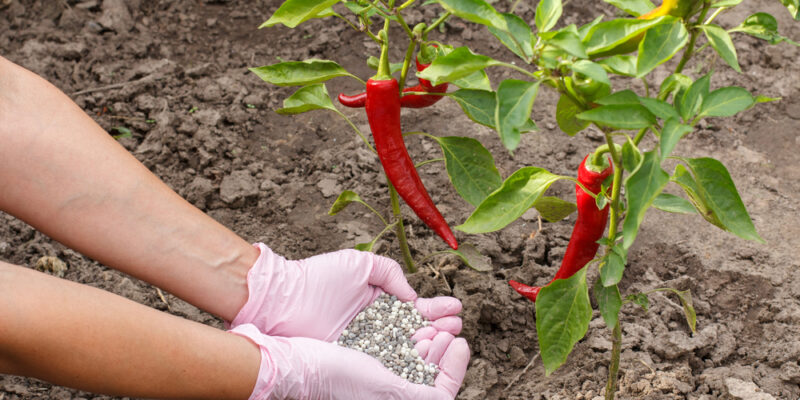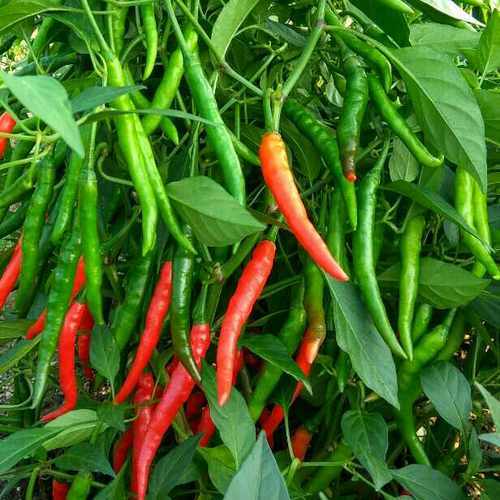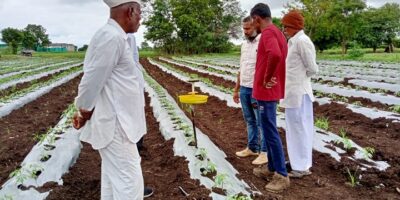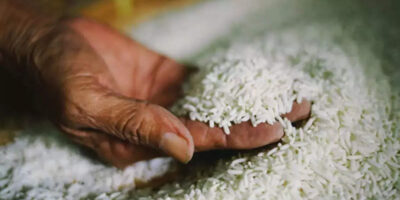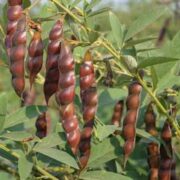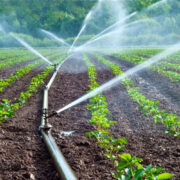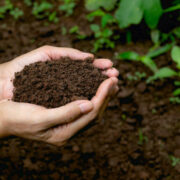Chilli Cultivation: Chilli cultivation is a popular agricultural practice in India due to the country’s diverse climate and soil conditions.
Chilli is a vital spice and vegetable crop widely grown in various parts of India. It is an annual plant . Chilli cultivation requires warm temperatures, adequate sunlight, and well-drained soil.
Chilli cultivation includes the following steps for better yield
Seed Selection:
Chilli cultivation begins with the selection of suitable seeds. Farmers typically choose high-quality seeds from reliable sources, ensuring disease resistance and good yield potential.
Land Preparation:
Before sowing, the land is prepared by plowing and leveling to create a suitable seedbed. Farmers may add organic manure or fertilizers to enrich the soil with essential nutrients.
Sowing:
Chilli seeds are usually sown in nurseries or directly in the field, depending on the region and climate. In nurseries, seeds are sown in trays or seedbeds filled with well-prepared soil. After germination, seedlings are transplanted to the main field.
Transplanting:
Once the seedlings have grown to a suitable size (around 25-30 days), they are transplanted into the main field. The spacing between plants depends on the variety and farming practices, usually ranging from 45-60 cm between rows and 30-45 cm between plants.
Also Read: Improved paddy varieties of AP: Improved varieties of paddy for sowing in delayed monsoon in AP

High Yield Chilli Varieties
Irrigation:
Chilli plants require adequate moisture for healthy growth. Farmers use various irrigation methods such as drip irrigation, sprinklers, or traditional methods like furrow irrigation. Watering is done based on the soil moisture level and weather conditions, ensuring that the plants do not suffer from water stress.
Weed Control:
Regular weeding is crucial to control weed growth, as it competes with chilli plants for nutrients, water, and sunlight. Manual weeding, along with the use of herbicides, helps keep the fields free from unwanted vegetation.
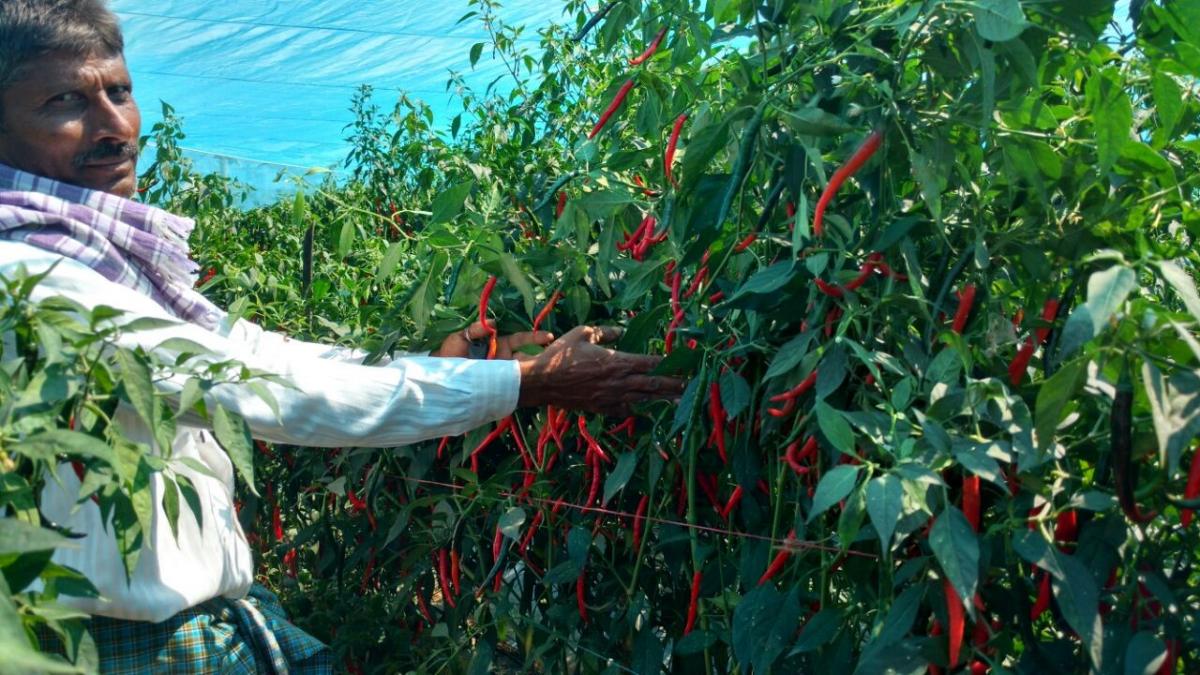
Chilli seed production
Fertilization:
Chilli plants benefit from the application of organic manure and balanced fertilizers to meet their nutrient requirements. The fertilization schedule varies depending on soil fertility and specific crop needs. Nitrogen, phosphorus, and potassium are key nutrients for healthy growth and high yield.
Pest and Disease Management:
Chilli plants are susceptible to various pests and diseases. Farmers need to employ integrated pest management strategies, including cultural, biological, and chemical control methods. Common pests affecting chilli include aphids, mites, fruit borers, and thrips. Diseases like leaf curl, bacterial wilt, powdery mildew, and anthracnose can be controlled through proper sanitation, crop rotation, and application of suitable fungicides.
Harvesting:
Chilli fruits reach maturity within 70-90 days after transplanting. The harvesting time depends on the desired stage of ripeness and purpose of cultivation. Green chilies are harvested before full maturity, while red chillies are left on the plant until fully ripe.if the farmers follows the above steps, Chili cultivation offers a high profits. There is a high demand for chillies in domestic and international markets.
Also Read: Bacterial Diseases in Sheep and Goats: Management of bacterial diseases in sheep and goats.!

